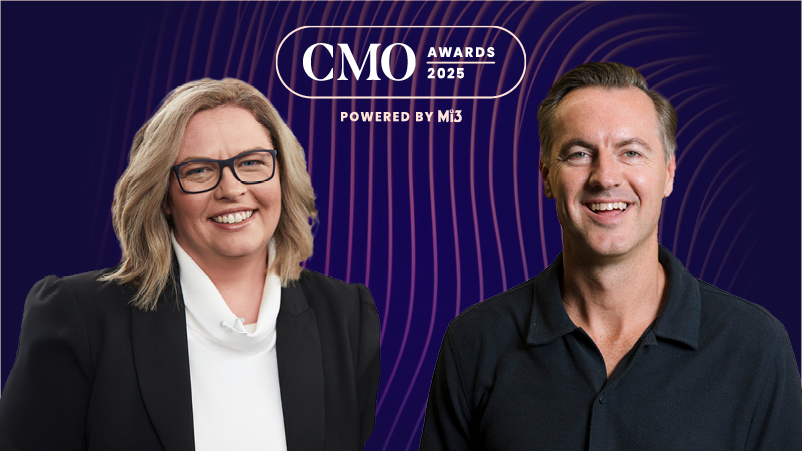Measurement vs. gut
The three panellists also debated the line between too much research, data, measurement and trusting your gut/experience, and whether marketers can be too optimistic about marketing’s consistent strike rate when not every execution or tactic is going to work.
“I think research was started in the absence of data; data is now king. Therefore, if you're hiding behind research, go and check your data, because your data is going to tell you a lot more than the research,” Thom commented, adding A/B testing is a vital part of how GyG gets validation on where executions need to go.
“I’m somewhere in the middle,” Morley followed up. “As much as we have huge data science teams who are constantly analysing to the nth degree, I still don't think we're cracking a tool where we can give the perfect answer around what it's doing. I need the research to complement that. Because I don't think anyone I've met yet has the perfect measurement solution.
“You need to you need to look at a campaign from five different angles to see what you can learn, and then bring the collection of those insights in to explain actually, how well and how confident we are it’s working, and what can we do better for the next level? What I've learned is most of the stakeholders we deal with no longer have the expectations we have a perfect ROI, but what they want to know is that we care as much about every dollar we spend as they do.”
CMOs also can’t just sell a success story every time, Morley agreed. At Uber, he’s started a practice of anyone who does a campaign then doing a post-campaign evaluation.
“But we took the practice further, where they had to share it out to the whole team across APAC, whatever their campaign was, and they had to push to make sure that on the front page were all the things we could have done better,” he explained. “The most inspiring moment for me was when the marketing manager in Japan, who had done the biggest campaign, shared it with the entire Japanese business, a couple of hundred people. In Japan, if you score 95 per cent, then it's a failure. This was such a big leap and so different to what the culture would normally breed.
“They just knew this team cared as much about creating great work and that they could trust them to do the right thing. It’s unlocked so much more potential for them. You've got to do that to build trust.”
What’s helped Thom stay accountable is the fact marketing gets a percentage of revenue in the business directly correlated to sales. During her eight year tenure at GyG, the QSR has gone from under $200 million in sales to nudging a billion dollars and debuted on the Australian Stock Exchange.
“I'm responsible for driving that revenue, and therefore the better I do, the more I get. If I wasn't proving it out, I wouldn't have any money to spend. Therefore there's a real commerciality. I think a lot of marketers now are working towards that, or have put that forward: The commercial understanding of CMOs these days is so much more than it was 10 years ago,” she said. “Maybe there was a bit of mumbo jumbo, a lot of buzz words – omnichannel chucked in. Nowadays, because of the data we have access to, and because of the measurements, and because of just pure accountability of what's happening at a board level and whether it's a traffic light system or something else, boards are now more accountable. And that's coming down [to marketing].
“Great boards are creating great marketers, and great marketers are happy putting their hands up going, 'I've got tenure. I know how to do it. I can disseminate this information'.”














































